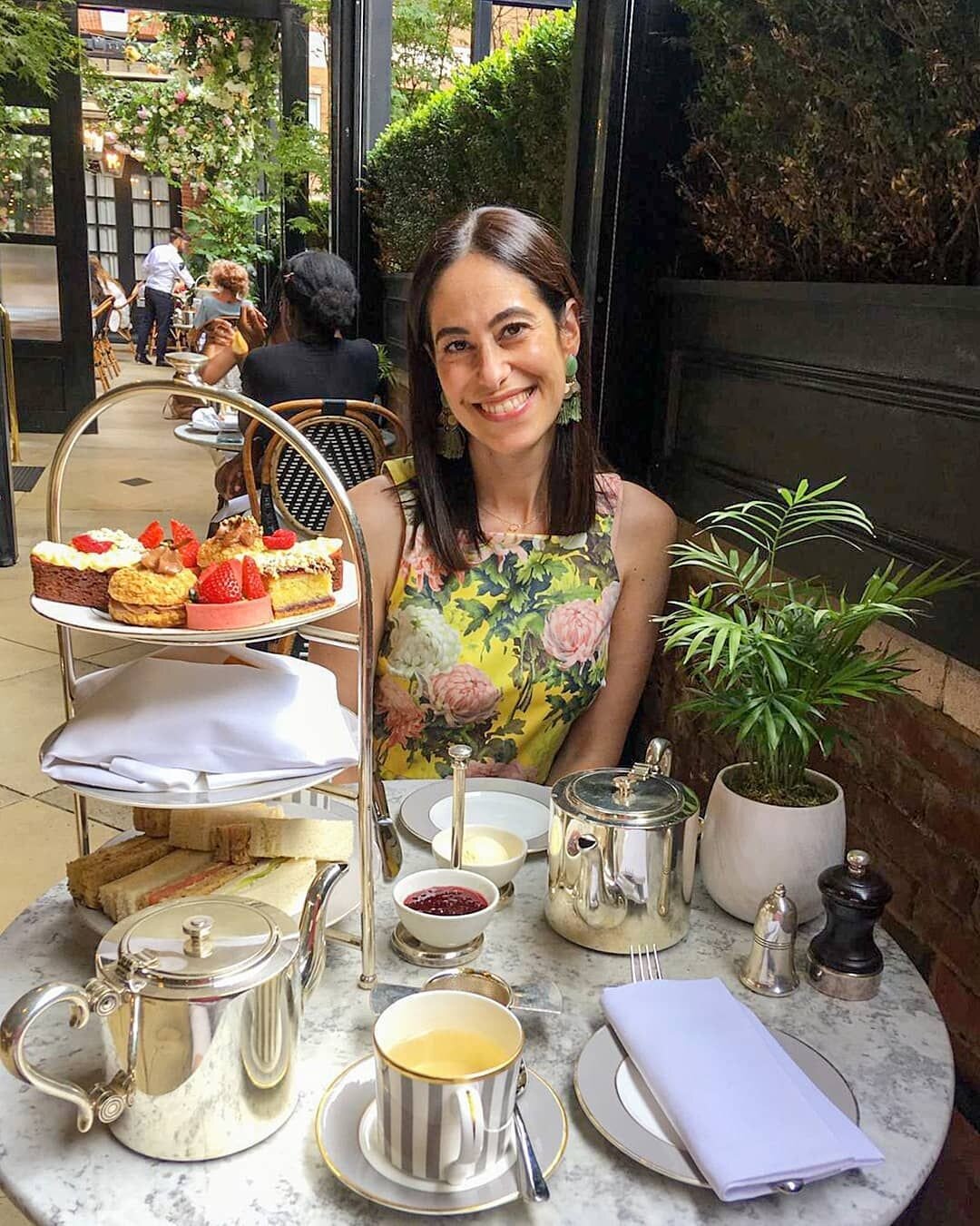Tea: what’s going on in the UK?
The most British thing there is doesn’t seem to be doing well at home, but is thriving on our side of the pond. Last month, British daily newspaper The Guardian reported that “the US currently seems to be enjoying a tea party to which Britain has not been invited, with tea bars popping up across the nation and sales of the hot drink shooting up 15% in the past five years”. While I cannot complain about the number of tea spots here in San Francisco, I wonder what The Guardian exactly means by “tea bars”. Do they mean boba milk tea bars? Tea houses? Matcha bars? Or all of the above? Good, high-quality tea is not hard to come by here on the West Coast but what is happening exactly in the UK?
Let’s take a look at the big picture. When I think of British tea drinking habits, the first thing that comes to mind is afternoon tea. Nevertheless, far from being a daily ritual, it is enjoyed as an occasional indulgence or to celebrate a special event. Daily tea drinking is a totally different story. According to the UK Tea & Infusions Association, 96% of all cups of tea drunk daily in the UK are brewed from tea bags. Also, according to the same source, 98% of people take their tea with milk. Funnily enough, while researching for this blog post, I came across this video where two actors starring in The Crown, a TV series on the life of Queen Elizabeth II, answer “the big British questions”.
Sales of “ordinary teabags” (black tea blends) – which have traditionally dominated the market – decreased by 13% between 2012 and 2014 (source: Mintel) and the overall volume of tea sold decreased by 22% between 2010 and 2015 (source: Sourced by HuffPost UK). Clearly, a downward trend for the iconic “cuppa”.
A cup of tea in the UK is something simple and down-to-earth. Tea bag, hot water, milk. Strong, inexpensive and fuss-free. It is the way it is ingrained in British everyday life. Unsurprisingly, consumers aren't willing to pay more for the same experience in a tea bar. Without any exciting innovation, why would they want to go for a pricier and “fussier” option?
Not all tea categories are slumping, though. Green tea and herbal tea blends are gaining popularity, especially among younger consumers. Tesco grocery store announced that 16 types of traditional tea brands will be replaced with 33 new herbal brands. Consumers are becoming more health conscious, adventurous (thanks to a growing foodie culture) and want to make a statement with their choice of beverage, whether it is a lifestyle statement or a sustainability statement. They are also concerned that black tea might stain their teeth and want to limit their caffeine intake.
It’s interesting to see how tea drinking habits develop in different countries. What do you think of tea drinking in the UK? Do you have a personal experience to share?
If you’d like to find out more about tea in Italy, check out my blog post here.
Disclaimer: I was not paid to mention or review businesses, products or services mentioned in this blog post. This is my honest opinion.







